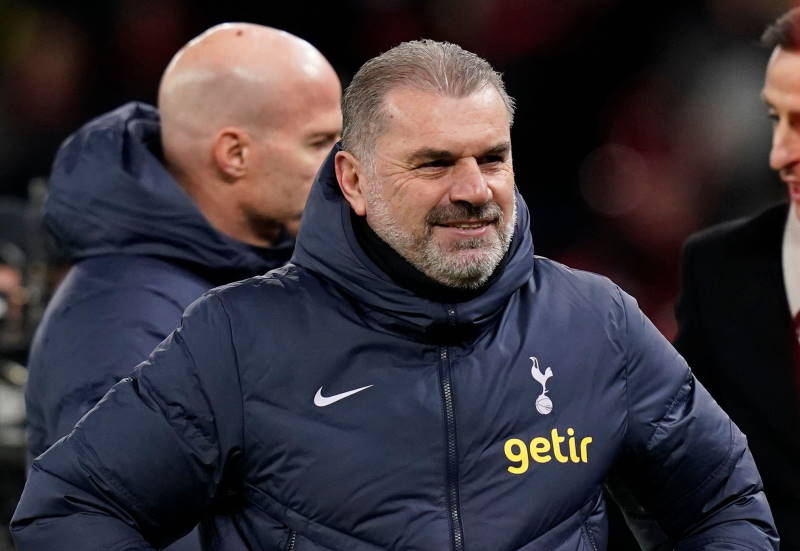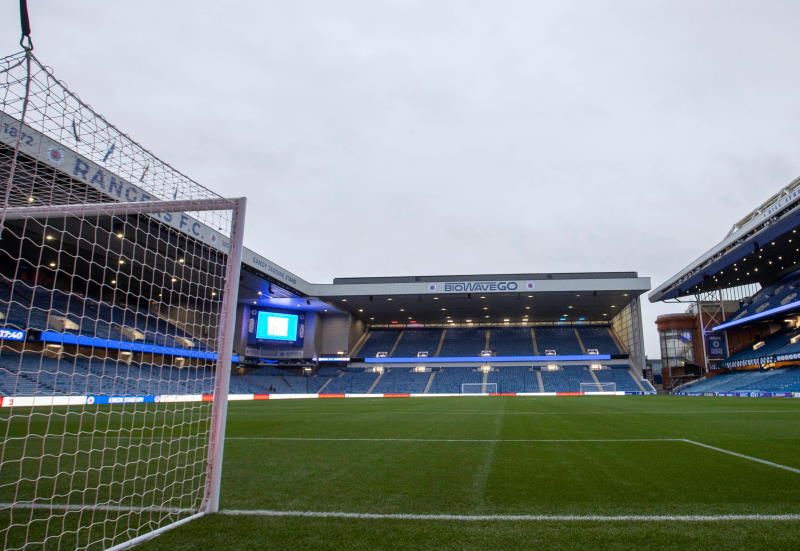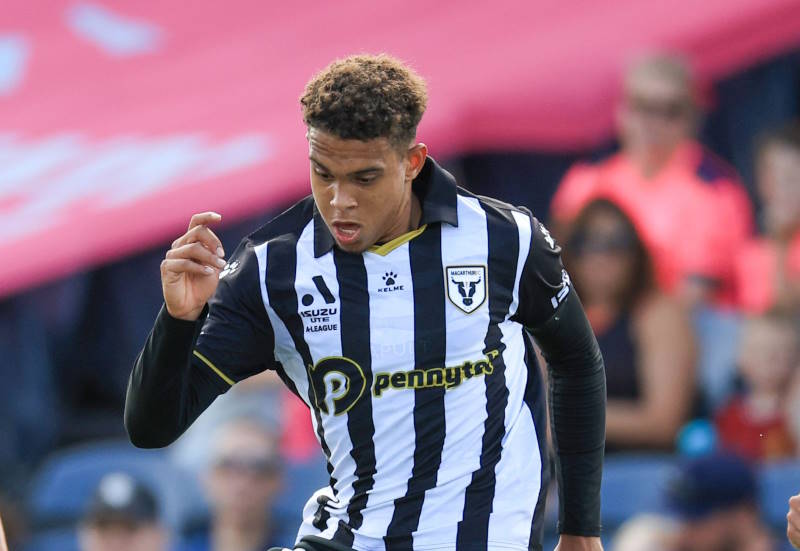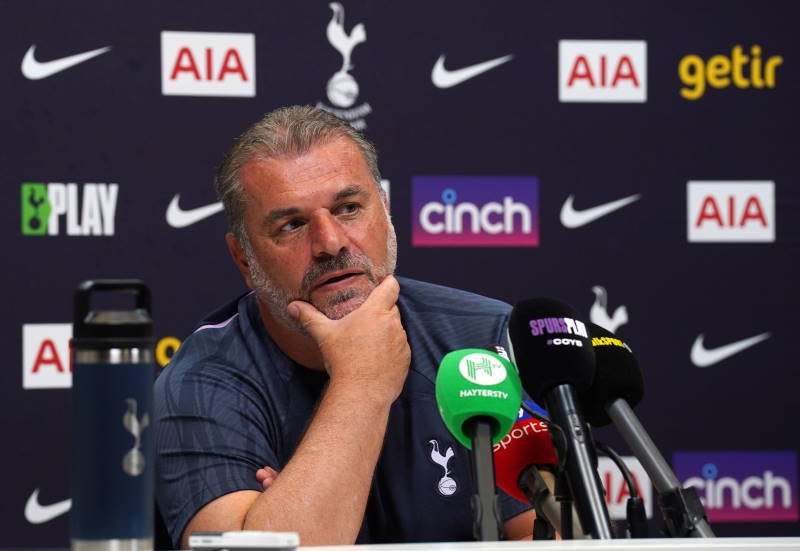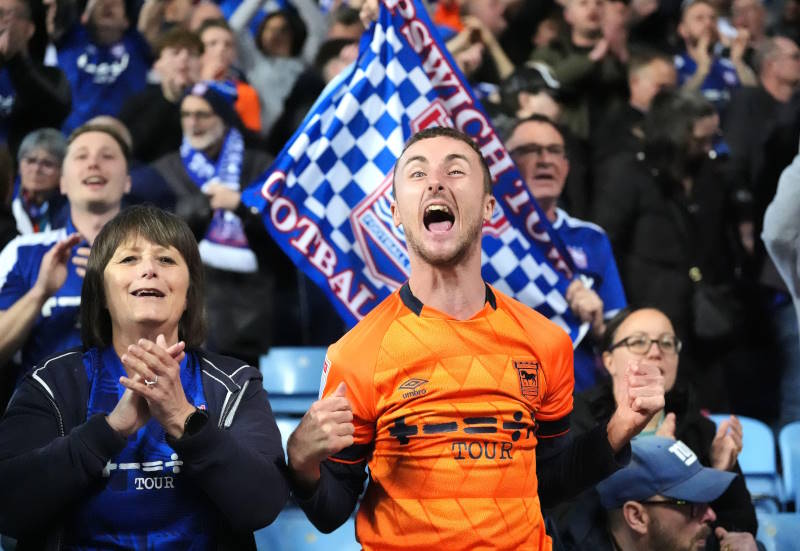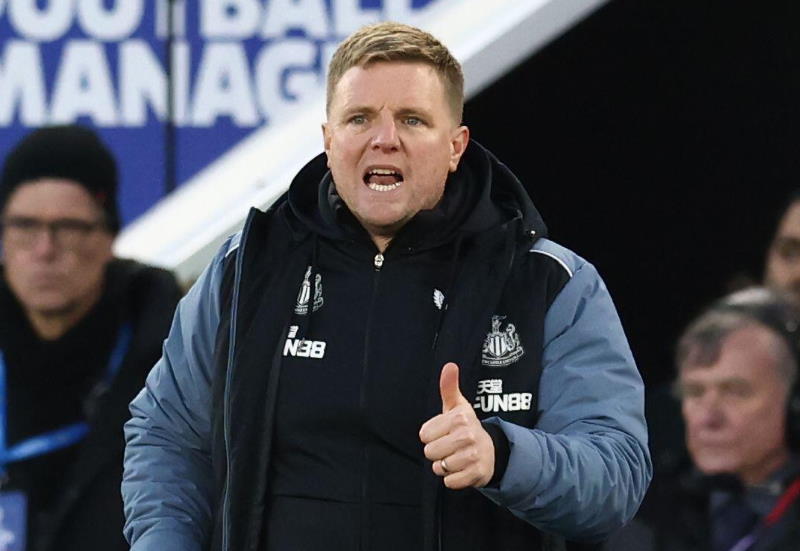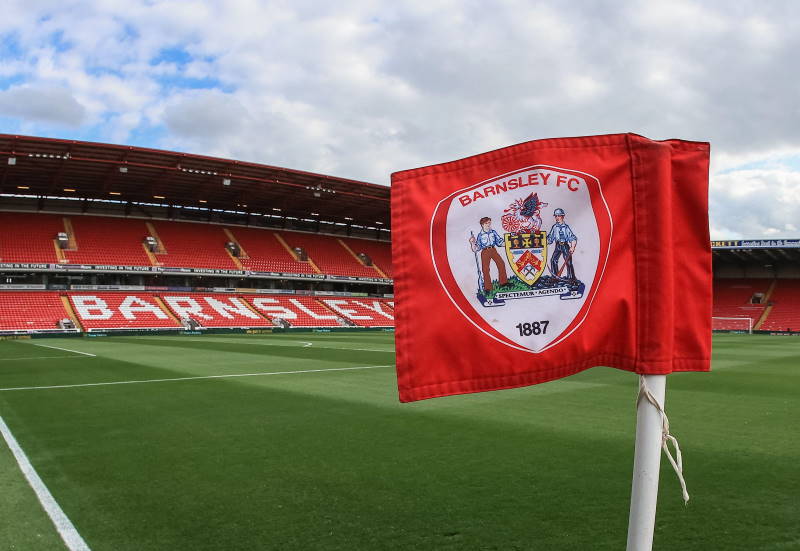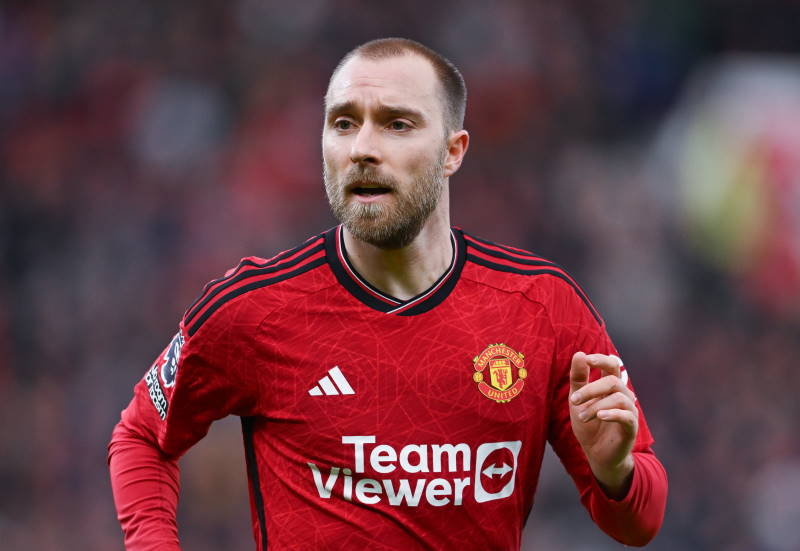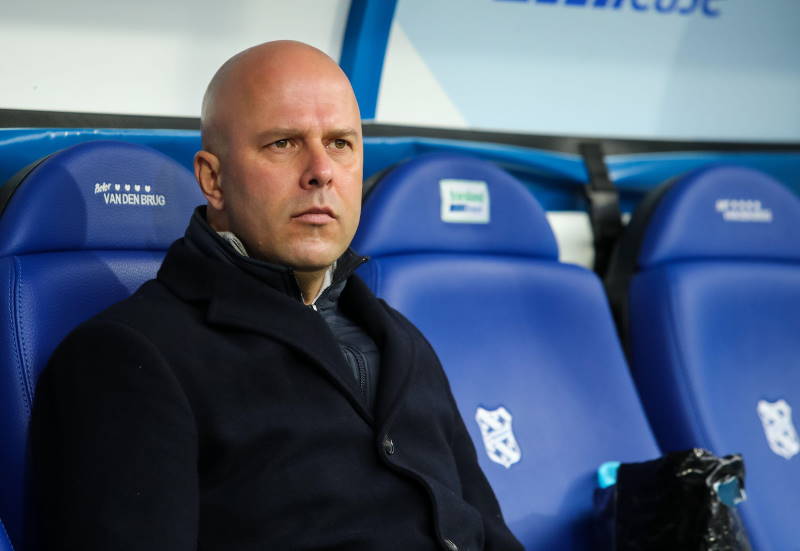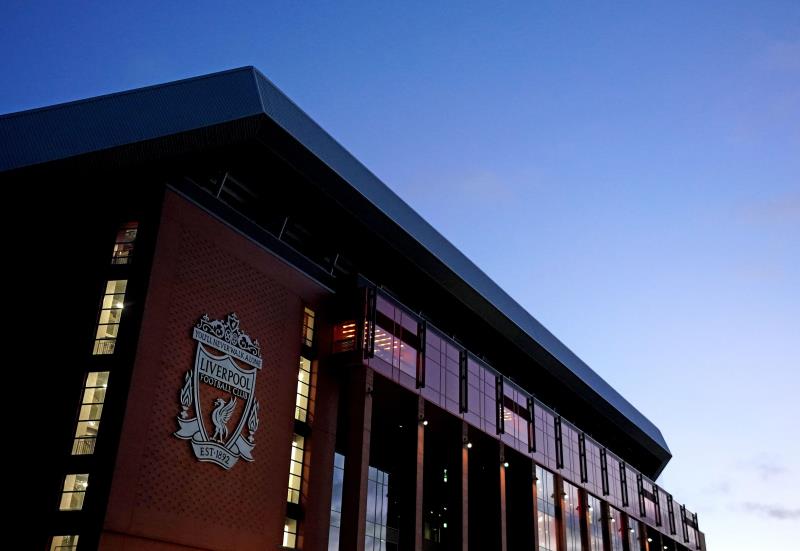
Professional football in North America has had its fair share of bumps in the road en route to Major League Soccer, a competition that is finding its place in the sports-saturated landscape of the United States. Since the birth of the MLS in 1996, two franchises, both located in the sunny state of Florida, have fallen by the wayside despite moderate success on the pitch.
Tampa Bay Mutiny were one of the ten teams that played in the inaugural MLS season in 1996. The side enjoyed immediate success on the field, finishing first in the Eastern Conference to win the MLS Supporters’ Shield. Playoff success did not come as easy though, and Tampa Bay never managed to advance to the final during their existence.
The Florida-based outfit regularly delighted fans with their two real stars. The American-born striker Roy Lassiter scored 27 goals in 1996, which still stands as the MLS single-season goalscoring record, while the ever-recognisable Colombian midfielder Carlos Valderrama was also part of Tampa Bay from the very beginning, winning the MLS MVP award in the same year.
Lassiter was sent to DC United in 1998, a regrettable trade that brought Roy Wegerle to Tampa. Once a talented player in England, Wegerle was well past his prime – so much so that he retired after only half a season with the Mutiny. Valderrama, in the midst of an unproductive campaign, was shipped out as well for little in return.
Trading away the two most popular players on the team was more than enough reason for the fans to quickly lose patience with the direction in which their side was heading. Tampa Bay had a very brief resurgence in 2000, making a good showing in the regular season, but the following year managed only four wins in 27 games, ensuring the Mutiny were rooted to the bottom of the table. And that would be Tampa’s last season in the MLS as investors declared themselves uninterested in a losing club, while the stadium lease also dug into already dwindling profits. The team had lasted for six seasons.
Another Florida-based outfit, Miami Fusion, joined the MLS in 1998, two years after the league was formed. The team struggled in the regular season, finishing in the bottom half of the table in the first three years of their existence. Supporters did not exactly show up in droves either, as Miami found themselves regularly among the worst in the league for attendance.
Oddly enough, Carlos Valderrama and Roy Lassiter both crossed paths with this other doomed southern US franchise. Valderrama came to the team directly from Tampa Bay. His time in Miami was less than idyllic however, as the Colombian star developed an intense feud with coach Ivo Wortmann. Attempts to trade the aging midfielder failed, so MLS Commissioner Doug Logan stepped in to reassign Valderrama to Tampa Bay to ease the tension. Lassiter was an unwilling member of the Fusion too, landing from DC United because the team was struggling to stay under the league’s salary cap. Lassiter did play for the Fusion for one year, but was gone soon after.
In the 2001 MLS season, Miami seemed to be a team on the rise. The side finished first in the Eastern Conference in the regular season, winning the MLS Supporters’ Shield, and advanced past the first round of the playoffs for the first time in the team’s existence. But in the off-season, the axe fell. The league contracted from 12 teams down to 10, and Miami and fellow Florida-based side Tampa Bay did not make the cut.
Miami had been in existence for just four seasons, ultimately biting the dust because the team simply could not draw a crowd, their highest season average being just 11,177. Some attributed the low attendances to the ownership’s unwillingness to promote the team. And with little corporate support, and only a handful of matches televised every season, it was only a matter of time before Miami went under.
No MLS teams currently play in the southeastern United States, though there are two representing the region in the NASL, the second-tier in North America professional football.
The Fort Lauderdale Strikers, known as Miami FC from their inception in 2006 until the 2011 season, play in the stadium that once hosted Miami Fusion. Miami were in discussions to rejoin the MLS recently, but the city has since fallen by the wayside as Vancouver, Portland and Montreal were granted franchises instead. It seems Miami must first overcome the baggage of one failed attempt at a franchise before the MLS top brass considers the team worthy of another. FC Tampa Bay also play in the NASL.

